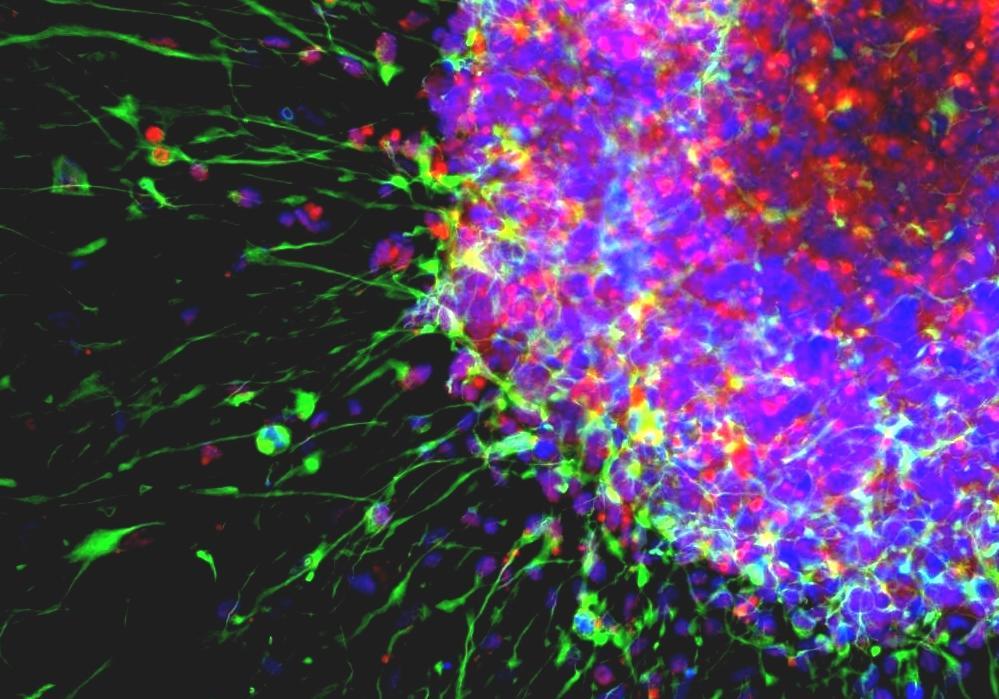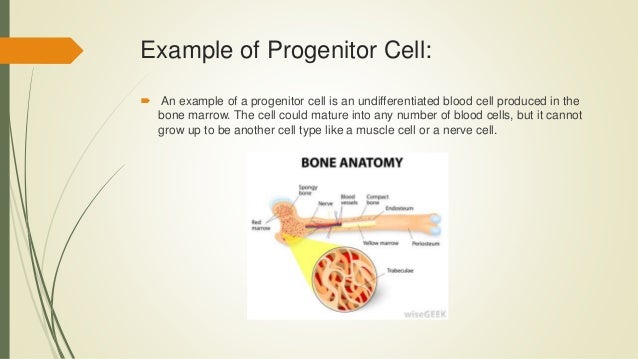
Besides their role in early development of the cerebellum, Bergmann glia are also required for synaptic pruning. Bergmann glial cells assist with the migration of granule cells, guiding the small neurons from the external granular layer down to the internal granular layer along their extensive radial processes. Since bergmann glia appear to persist in the cerebellum, and perform many of the roles characteristic of astrocytes, they have also been called "specialized astrocytes." Bergmann glia have multiple radial processes that extend across the molecular layer of the cerebellar cortex and terminate at the pial surface as a bulbous endfoot. H&E stain.īergmann glia (also known as radial epithelial cells, Golgi epithelial cells, or radial astrocytes) are unipolar astrocytes derived from radial glia that are intimately associated with Purkinje cells in the cerebellum. Studies suggest that Müller glia can dedifferentiate into readily dividing neural progenitors in response to injury. However, unlike cortical radial glia, Müller glia do not appear in the retina until after the first rounds of neurogenesis have occurred. As in the cortex, Müller glia have long processes that span the entire width of the retina, from the basal cell layer to the apical layer. Müller glia are radial glial cells that are present in the developing, as well as the adult, retina. The term "radial glia" refers to the morphological characteristics of these cells that were first observed: namely, their radial processes and their similarity to astrocytes, another member of the glial cell family. Radial glia can be found during the neurogenic phase in all vertebrates (studied to date). Despite the various possible fates of the radial glial population, it has been demonstrated through clonal analysis that most radial glia have restricted, unipotent or multipotent, fates.

Their cell bodies ( somata) reside in the embryonic ventricular zone, which lies next to the developing ventricular system.ĭuring development, newborn neurons use radial glia as scaffolds, traveling along the radial glial fibers in order to reach their final destinations.

RGPs also produce certain lineages of glia, including astrocytes and oligodendrocytes. Radial glial cells, or radial glial progenitor cells ( RGPs), are bipolar-shaped progenitor cells that are responsible for producing all of the neurons in the cerebral cortex.


 0 kommentar(er)
0 kommentar(er)
